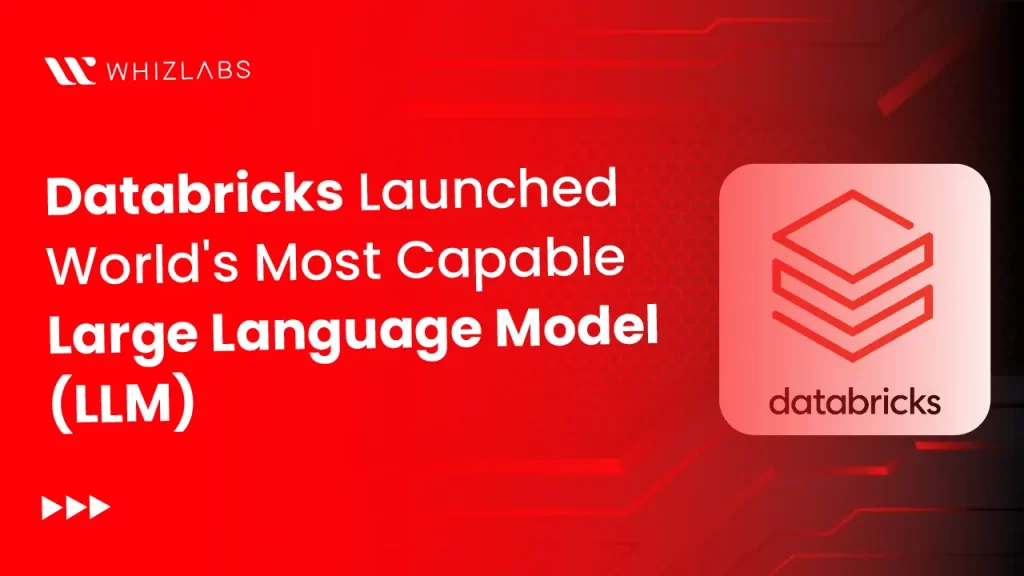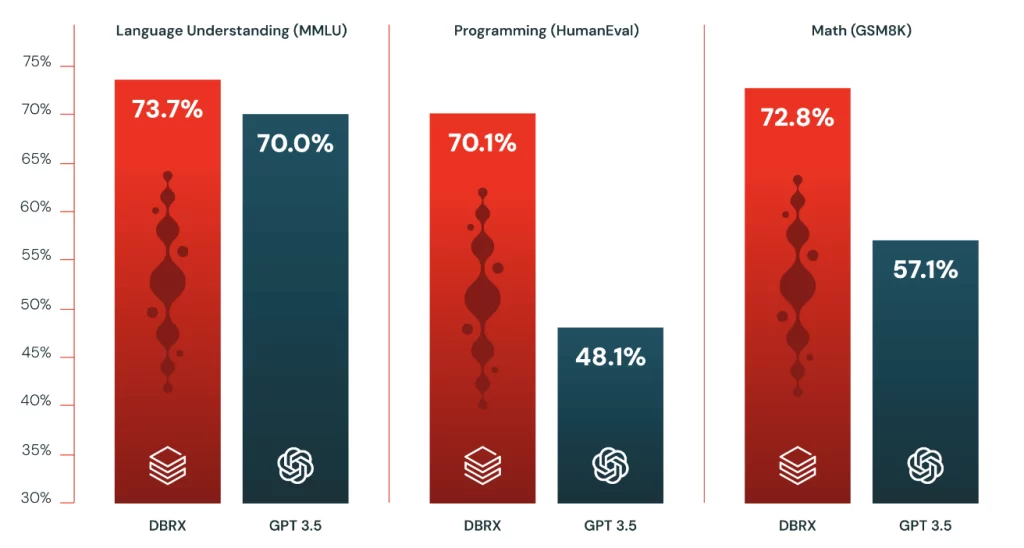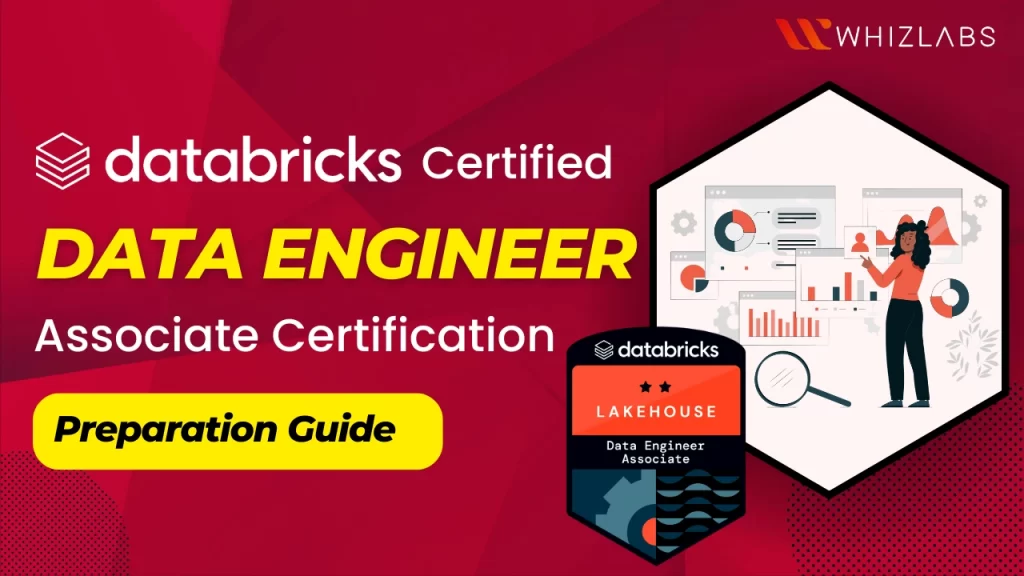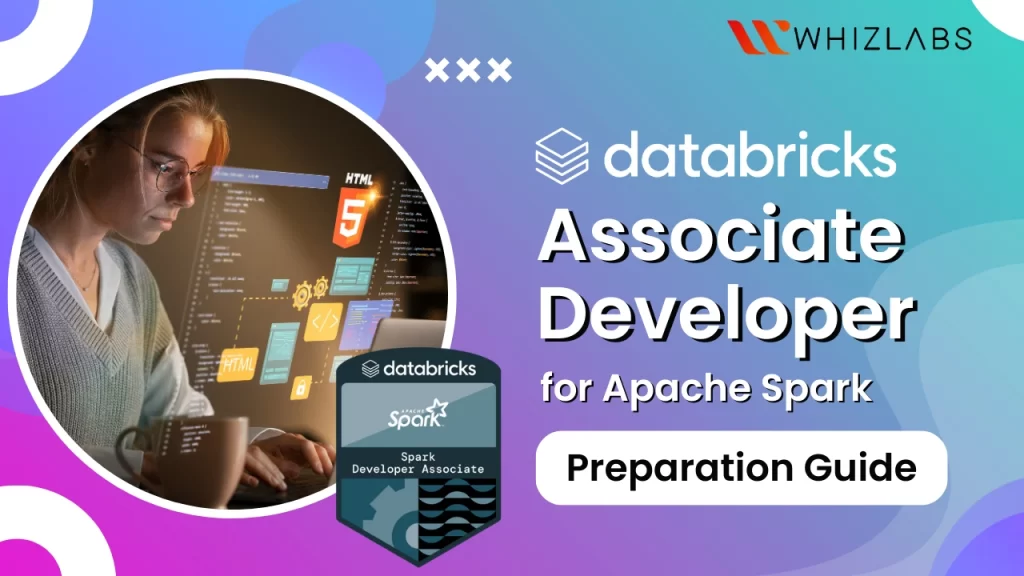Databricks has taken a huge jump in terms of advancing their AI language with their launch of DBRX – a powerful open source large language model (LLM). This Databricks open source LLM is a game changing milestone that outperforms AI models like OpenAI’s GPT and Gemini across different industry benchmarks!
As we have focused on launching many Databricks certification preparation materials, we come across this surprising announcement from Databricks that they are entering into the Large Language Model (LLM) space with their open source LLM. We would like to share this story with you!
What is a Language Model?
Before we jump into understanding more about Databricks open source LLM, let us first understand what a language model is! It’s a type of AI that is able to read and write exactly like humans! It understands everything that we say and write, and even helps us to create new texts! So, language models are basically used for things like chatbots, virtual assistants, automatic translations, and even for creating writing.
Introducing DBRX: Databricks Open Source LLM
Now, what sets DBRX apart from other language models is just how powerful and advanced it. Databricks designed the DBRX with a variety of smart methods, e.g. the so-called “mixture-of-experts architecture”. In other words, this phrase implies that DBRX is able to differentiate between the areas of the brain that are needed for a particular task and those that are not needed. This is the DBRXs critical advantage: it is extremely effective and quick!
Indeed, on the benchmark, DBRX is even faster, it can give a text output two times as fast as other strong language generators. Furthermore, it is not only its speed that makes it an amazing tool, but it also performs excellently on many tasks, including language comprehension, programming, and solving math problems.
Not only did Databricks test DBRX on industry benchmarks (which is the AI version of exams) but it also managed to stand out among all other open-source language models in the market. This means that DBRX is a free, first-rate language model. And look at it: the model not only defeated some well-known expensive, proprietary models in respect to big tech industries like OpenAI and Microsoft but also outran them!
But what’s really cool about DBRX is that because it’s open-source, any company or organization can use it to create their own custom language models. They can teach DBRX all about their specific industry, products, or services, so that it truly understands their business inside and out.
For example, a healthcare company could train DBRX on medical records and terminology, so it can help doctors and nurses with things like diagnosing patients or suggesting treatments. Or a law firm could teach DBRX all about legal jargon and case law, so it can assist lawyers with research and writing legal documents.
In the past, only a few big tech companies had access to these kinds of powerful, customizable language models. But now, thanks to Databricks and DBRX, any business can build their own tailored AI assistant that really gets their industry.
And that’s not all – because DBRX is open-source, companies can also make sure their data and intellectual property stay private and secure. They don’t have to worry about sending their sensitive information to a tech giant’s servers or losing control over their trade secrets.
DBRX’s Impressive Performance with ChaptGPT vs DBRX and Gemini vs DBRX
Databricks CEO, Ali Ghodsi, is really excited about Databricks DBRX for a few key reasons. First, it beats all the other open-source models in those industry benchmark tests. Second, it even outperforms some of the best closed-source models owned by companies like OpenAI, which means businesses can ditch those expensive proprietary models and use DBRX instead. And finally, DBRX’s unique architecture makes it incredibly fast and cost-effective to use, so companies can save time and money while still getting top-notch performance.
But let’s take a step back and look at some of those benchmark results that show just how impressive DBRX really is.
On the Hugging Face Open LLM Leaderboard, which tests language models on six different challenging tasks, DBRX scored an amazing 74.5% accuracy. That’s nearly 2 percentage points higher than the next best open-source model!
When it comes to programming and math tasks, DBRX truly shines. On HumanEval, a test that measures how well language models can write code, DBRX scored 70.1% – better than even models that were specifically designed just for programming!
And on the GSM8k math benchmark, which tests a model’s ability to solve math problems, DBRX achieved an impressive 66.9% accuracy, outperforming the next best open-source model by nearly 4 whole percentage points.
What’s even more mind-blowing is that DBRX’s performance is on par with some of the most powerful closed-source models out there, like Gemini 1.0 Pro from OpenAI and Mistral Medium from Microsoft. It even beat out OpenAI’s previous flagship model, GPT-3.5, on tasks like language understanding, commonsense reasoning, and programming.
Image Source : www.databricks.com
How Databricks Built DBRX
Databricks used their own suite of tools and platforms to handle every step of the process.
Initially, they took Apache Spark and worked with Databricks notebooks to process and structure the data that DBRX would consume. Then, they had a Unity Catalog to ensure all that data was in the proper manner and that it was also safe and secure.
For the actual model training part, they took advantage of optimized open-source libraries like MegaBlocks and LLM Foundry, and they used MLflow to track and monitor all their experiments.
But the really impressive part was how they trained DBRX at such a massive scale. Databricks used their Mosaic AI Training service to coordinate the training process across thousands of powerful GPU computers!
Databricks was able to build and deploy DBRX in a standardized and sound manner, that is security-driven and in full compliance with the data governance policies, through the use of their own unified platform for the entire AI development lifecycle.
Thus, in these lines, DBRX is already in the public domain, what will happen in the future is beyond your imagination. In that sense, well, your choice is simply limitless.
The Potential of DBRX Across Industries
In retail and e-commerce, DBRX can be used to personalize product suggestions, customer service chatbots and friction-free online shopping experiences.
In the field of finance, it can deal with the task of analysis of complex financial data, risk assessment, and also it can provide some insights on the stock trading by interpretation of the market data.
In healthcare, DBRX could assist medical diagnosis, monitor patient conditions, help to discover new drugs and improve well-being of patients by analyzing electronic health records.
For education purposes, DBRX can create personalized study materials, autocorrect assignments, and generate interactive educational content.
Marketers and advertisers would use DBRX to learn to develop customer-centric marketing texts, conduct market surveys and create intelligent customer service chatbots.
DBRX’s law sector could use DBRX for legal research, contract analysis, and even for the prediction of potential court case outcomes.
Media organizations might use DBRX for generating content, summary generators, and creative writing aids.
Furthermore, DBRX might be implemented in the military for technical intelligence data processing and strategic scenario modeling.
The Implications for Businesses
In essence, the data-rich and language-based industries, which are dependent on complex and sophisticated metrics, could be the ultimate beneficiaries of DBRX technology.
Right now, Databricks faces a tough challenge in the data and AI field. Even though they have a strong partnership with Microsoft through Azure Databricks, Microsoft is also making big moves, like getting into the lakehouse market, which is Databricks’ specialty, and teaming up with OpenAI for advanced language models.
This competition between Databricks and Microsoft could get more intense as more businesses start using language model technology. Analysts predict that big spending on this tech might be delayed until next year, but the introduction of DBRX could speed things up.
With more firms recognizing the benefits of owning AI solutions which are smart, transparent and highly secure, Databricks DBRX can be a great choice that is worth considering in place of technology giants offering black-box systems.
The success of these companies in building and deploying language models, which allow them to achieve high-performing models that are specific for their industries, while also keeping full control over their data and intellectual property, is a game-changer for businesses in all market sectors.
Conclusion
So, Databricks release of the DBRX indicates a key step in demystifying the powerful language model technology and enabling everyone the access.
By open-sourcing this state-of-the-art, highly capable model, Databricks is democratizing the development and use of custom AI solutions that can truly understand and communicate in the unique languages of different industries.
With DBRX’s impressive performance across various benchmarks, its efficiency in training and generating text, and Databricks comprehensive suite of AI development tools, enterprises now have the ability to build and deploy language models that are tailored to their exact needs, while still maintaining control over their data and adhering to their governance policies.
As the adoption of generative AI continues to grow rapidly, DBRX positions Databricks as a leader in enabling businesses to harness the power of language models in a secure, efficient, and compliant manner.
- Top 20 Questions To Prepare For Certified Kubernetes Administrator Exam - August 16, 2024
- 10 AWS Services to Master for the AWS Developer Associate Exam - August 14, 2024
- Exam Tips for AWS Machine Learning Specialty Certification - August 7, 2024
- Best 15+ AWS Developer Associate hands-on labs in 2024 - July 24, 2024
- Containers vs Virtual Machines: Differences You Should Know - June 24, 2024
- Databricks Launched World’s Most Capable Large Language Model (LLM) - April 26, 2024
- What are the storage options available in Microsoft Azure? - March 14, 2024
- User’s Guide to Getting Started with Google Kubernetes Engine - March 1, 2024



